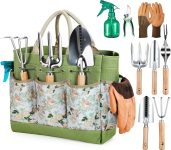
Gardening Tools 9-Piece Heavy Duty Review home garden ideas Buying Guide – Oemiu
Unearthing the Perfect Garden: A Guide to 9-Piece Heavy Duty Gardening Tool Sets
Gardening, a therapeutic blend of art and science, allows us to connect with nature, cultivate beauty, and even grow our own food. Whether you’re dreaming of a vibrant flowerbed, a bountiful vegetable patch, or simply a lush green lawn, having the right tools is paramount. A robust 9-piece heavy-duty gardening tool set can be your trusted companion, transforming laborious tasks into enjoyable moments of creation. But with so many options on the market, choosing the right set can feel overwhelming. This guide delves deep into the world of gardening tools, focusing on 9-piece heavy-duty sets and offering valuable insights to help you cultivate your dream garden and explore a myriad of fantastic garden layouts.
Deciphering the 9-Piece Heavy Duty Gardening Tool Set: What’s Inside?
A comprehensive 9-piece heavy-duty gardening tool set typically includes the essential tools needed for a wide range of gardening tasks. These tools are designed to withstand the rigors of regular use, providing years of reliable service. Understanding the purpose of each tool is crucial for effective gardening.
Let’s break down what you can typically expect in such a set:
* **Trowel:** This small, pointed hand tool is perfect for digging small holes, transplanting seedlings, and scooping soil. Look for a trowel with a comfortable handle and a sturdy blade made of stainless steel or carbon steel. It’s an indispensable tool for all your small-scale digging needs.
* **Transplanter:** Similar to a trowel, but often with depth markers, the transplanter is specifically designed for transplanting seedlings and small plants. The depth markers help ensure that you plant your seedlings at the correct depth, promoting healthy root development.
* **Hand Rake:** This miniature rake is ideal for smoothing soil, removing debris, and spreading mulch in tight spaces. It’s also useful for creating a fine tilth for sowing seeds. A hand rake is a must-have for tidying up garden beds and preparing them for planting.
* **Cultivator:** The cultivator features tines that are used to loosen soil, aerate the ground, and remove weeds. It’s particularly useful for breaking up compacted soil before planting and for incorporating amendments like compost or fertilizer.
* **Weeder:** This tool is specifically designed for removing weeds, with a forked or angled blade that allows you to dig deep into the soil and extract weeds by the roots. A good weeder can save you hours of back-breaking work. Consider different weeder designs to tackle varied weed types that pop up in home gardens.
* **Pruning Shears (Bypass or Anvil):** Essential for pruning plants, shrubs, and trees. Bypass shears make clean cuts, while anvil shears are better for thicker, dead branches. Choose the type that best suits your pruning needs.
* **Gardening Gloves:** Protect your hands from dirt, thorns, and blisters. Look for gloves that are comfortable, durable, and breathable. Leather or synthetic leather gloves offer good protection and grip.
* **Sprayer Nozzle/Watering Wand:** These tools allow you to precisely direct water flow. A good sprayer nozzle is adjustable, allowing you to switch between different spray patterns, from a gentle mist to a powerful stream.
* **Carry Bag/Tote:** A convenient way to store and transport your tools, keeping them organized and easily accessible. Look for a bag made of durable material with multiple pockets to keep your tools separate.
The quality of the materials and the design of each tool are crucial factors to consider when choosing a 9-piece heavy-duty gardening tool set. Opt for tools made of durable materials like stainless steel or carbon steel, with comfortable and ergonomic handles.
The Advantages of Investing in a High-Quality Gardening Tool Set
Investing in a high-quality 9-piece heavy-duty gardening tool set offers numerous advantages compared to buying individual tools or settling for cheaper, less durable options. These benefits extend beyond just the initial cost, providing long-term value and enhancing your gardening experience. Exploring different types of garden themes for the house can also spark inspiration for using your new tools!
Here are some key advantages:
* **Durability and Longevity:** Heavy-duty tools are built to last, with robust construction and high-quality materials that can withstand the rigors of regular use. This means you won’t have to replace your tools frequently, saving you money in the long run.
* **Improved Performance:** High-quality tools are designed for optimal performance, making gardening tasks easier and more efficient. Sharper blades, ergonomic handles, and well-balanced designs can significantly reduce strain and fatigue.
* **Increased Comfort and Safety:** Ergonomic handles and comfortable grips reduce the risk of blisters, hand fatigue, and other injuries. Sturdy construction and reliable performance also enhance safety, minimizing the risk of accidents.
* **Cost-Effectiveness:** While a high-quality set may have a higher initial cost, it can be more cost-effective in the long run compared to buying cheaper tools that need to be replaced frequently. Also, a complete set often offers a better value than purchasing individual tools separately.
* **Convenience and Organization:** A 9-piece set provides you with all the essential tools you need for a wide range of gardening tasks, conveniently stored in a carry bag or tote. This keeps your tools organized and easily accessible, saving you time and effort.
* **Enhanced Gardening Experience:** Using high-quality tools can make gardening more enjoyable and rewarding. The ease of use, improved performance, and increased comfort can transform laborious tasks into satisfying moments of creation.
Consider the following example: Imagine you’re preparing a raised garden bed for planting. A flimsy trowel might bend or break when digging into compacted soil, while a high-quality trowel with a sturdy blade will effortlessly slice through the soil, making the task much easier and more efficient. Similarly, dull pruning shears might crush branches instead of making clean cuts, damaging the plant and increasing the risk of disease. Sharp, well-maintained pruning shears will make clean cuts, promoting healthy growth and preventing disease.
To illustrate the cost benefits, here’s a simple table:
| Item | Cost (Individual – Low Quality) | Cost (Individual – High Quality) | Cost (9-Piece Heavy Duty Set) |
|---|---|---|---|
| Trowel | $5 | $15 | Included |
| Transplanter | $6 | $16 | Included |
| Hand Rake | $7 | $17 | Included |
| Cultivator | $8 | $18 | Included |
| Weeder | $9 | $19 | Included |
| Pruning Shears | $12 | $30 | Included |
| Gardening Gloves | $4 | $10 | Included |
| Sprayer Nozzle | $8 | $20 | Included |
| Carry Bag | $10 | $25 | Included |
| **Total (Individual)** | **$69** | **$170** | |
| **Total (9-Piece Set)** | **$80 – $150 (Typical Range)** |
This table demonstrates that buying individual high-quality tools can be significantly more expensive than investing in a 9-piece heavy-duty set. Even compared to low-quality individual tools, the convenience and durability of the set often justifies the slightly higher cost.
Factors to Consider When Choosing a 9-Piece Heavy Duty Gardening Tool Set
Selecting the right 9-piece heavy-duty gardening tool set requires careful consideration of several factors, including the materials, design, ergonomics, and overall quality of the tools. By carefully evaluating these factors, you can choose a set that meets your specific needs and provides years of reliable service. Think about how your home gardens are styled to decide on the best tool set.
Here are some key factors to consider:
* **Material Quality:**
* **Tool Heads:** Look for tool heads made of stainless steel or carbon steel. Stainless steel is rust-resistant and durable, while carbon steel is strong and can be sharpened to a fine edge.
* **Handles:** Choose handles made of wood, metal, or durable plastic. Wooden handles are comfortable and provide a good grip, but they require more maintenance. Metal handles are strong and durable, but they can be cold to the touch. Plastic handles are lightweight and easy to clean.
* **Design and Construction:**
* **Tool Head Attachment:** Ensure that the tool heads are securely attached to the handles. Look for tools with riveted or welded connections.
* **Handle Design:** Choose handles that are comfortable to grip and that provide good leverage. Look for handles with ergonomic designs that reduce strain and fatigue.
* **Ergonomics:**
* **Handle Size and Shape:** Consider the size and shape of the handles to ensure a comfortable grip. Choose handles that fit your hand size and that provide good control.
* **Weight and Balance:** Look for tools that are well-balanced and that are not too heavy. This will reduce strain and fatigue during use.
* **Overall Quality:**
* **Construction Quality:** Inspect the tools for any signs of poor construction, such as loose rivets, rough edges, or flimsy materials.
* **Warranty:** Look for sets that come with a warranty, which indicates the manufacturer’s confidence in the quality of their product.
* **Specific Needs:**
* **Type of Gardening:** Consider the type of gardening you plan to do. If you’ll be working with heavy soil or large plants, you’ll need more robust tools.
* **Frequency of Use:** If you plan to use your tools frequently, invest in a higher-quality set that will withstand regular use.
* **Storage Space:** Consider the amount of storage space you have available. Choose a set with a compact carry bag or tote if space is limited.
* **Budget:**
* **Price Range:** Gardening tool sets range in price from budget-friendly options to high-end professional sets. Determine your budget before you start shopping.
* **Value for Money:** Consider the value you’re getting for your money. A more expensive set may offer better quality, durability, and performance.
When evaluating different sets, read reviews from other gardeners to get an idea of their experiences with the tools. Pay attention to comments about the durability, performance, and comfort of the tools. Also, if possible, try out the tools in person to get a feel for their weight, balance, and handle comfort. Even simple yard design ideas can influence the tools needed.
Caring for Your Gardening Tools: Ensuring Longevity
Proper care and maintenance are essential for extending the lifespan of your gardening tools and ensuring their optimal performance. Regular cleaning, sharpening, and lubrication can prevent rust, corrosion, and other damage, keeping your tools in top condition for years to come.
Here are some essential tips for caring for your gardening tools:
* **Cleaning:**
* **After Each Use:** Clean your tools after each use to remove dirt, debris, and plant sap. Use a brush or cloth to wipe down the tool heads and handles.
* **Stubborn Dirt:** For stubborn dirt, soak the tools in warm, soapy water for a few minutes, then scrub them with a brush.
* **Drying:** Dry your tools thoroughly after cleaning to prevent rust and corrosion. Use a clean cloth or allow them to air dry in a sunny spot.
* **Sharpening:**
* **Regular Sharpening:** Sharpen your cutting tools regularly to maintain their sharpness and efficiency. Use a file or sharpening stone to hone the blades.
* **Sharpening Angle:** Maintain the correct sharpening angle to avoid damaging the blades. Consult the manufacturer’s instructions for the recommended angle.
* **Safety:** Wear gloves and eye protection when sharpening tools to prevent injury.
* **Lubrication:**
* **Moving Parts:** Lubricate the moving parts of your tools, such as hinges and joints, with a light oil or lubricant. This will prevent rust and corrosion and keep the tools operating smoothly.
* **Wooden Handles:** Treat wooden handles with linseed oil or another wood preservative to prevent them from drying out and cracking.
* **Storage:**
* **Dry Location:** Store your tools in a dry location to prevent rust and corrosion. Avoid storing them in damp or humid areas.
* **Organized Storage:** Store your tools in an organized manner to prevent damage and make them easily accessible. Use a tool rack, pegboard, or carry bag to keep your tools organized.
* **Sharp Edges:** Store tools with sharp edges facing down or covered to prevent injury.
* **Rust Prevention:**
* **Remove Rust:** Remove any rust that forms on your tools with a wire brush or steel wool.
* **Protective Coating:** Apply a protective coating of oil or wax to your tools to prevent rust.
Following these simple tips can significantly extend the lifespan of your gardening tools and ensure their optimal performance. Regular maintenance will also make gardening tasks easier and more enjoyable. Think about adding these gardening ideas for small spaces for even more fun.
Real-World Application: Using Your 9-Piece Set in Different Garden Scenarios
The versatility of a 9-piece heavy-duty gardening tool set shines through in various garden scenarios. From basic tasks to more complex projects, these tools become indispensable companions in your gardening journey. Let’s explore how you can effectively utilize your set in different situations.
**Scenario 1: Planting a Flowerbed**
* **Task:** Preparing the soil, planting flowers, and mulching.
* **Tools Used:**
* **Cultivator:** Loosen the soil and break up clumps, creating a suitable planting bed.
* **Trowel/Transplanter:** Dig small holes for planting flowers at the correct depth.
* **Hand Rake:** Smooth the soil surface and spread mulch evenly around the plants.
* **Gardening Gloves:** Protect your hands from dirt and thorns.
**Scenario 2: Maintaining a Vegetable Garden**
* **Task:** Weeding, pruning, and watering.
* **Tools Used:**
* **Weeder:** Remove weeds effectively, preventing them from competing with your vegetables for nutrients.
* **Pruning Shears:** Trim back overgrown plants and remove dead or diseased foliage.
* **Sprayer Nozzle:** Water your vegetables evenly and efficiently.
* **Gardening Gloves:** Protect your hands from dirt and potential irritants.
**Scenario 3: Pruning Shrubs and Trees**
* **Task:** Trimming branches and shaping shrubs.
* **Tools Used:**
* **Pruning Shears:** Cut branches up to a certain thickness (depending on the shear’s capacity).
* **Gardening Gloves:** Protect your hands from thorns and rough bark.
**Scenario 4: Container Gardening**
* **Task:** Planting and maintaining plants in containers.
* **Tools Used:**
* **Trowel/Transplanter:** Plant seedlings and small plants in containers.
* **Hand Rake:** Smooth the soil surface and remove debris.
* **Sprayer Nozzle:** Water plants in containers carefully and avoid overwatering.
* **Gardening Gloves:** Protect your hands from dirt.
**Scenario 5: Lawn Care**
* **Task:** Edge trimming, weeding, and light soil aeration.
* **Tools Used:**
* **Weeder:** Removing weeds from the lawn edge.
* **Cultivator/Hand Rake:** Lightly aerating the soil in small patches.
These examples demonstrate the versatility of a 9-piece heavy-duty gardening tool set and how it can be used in a variety of gardening scenarios. By understanding the purpose of each tool and how to use it effectively, you can tackle a wide range of gardening tasks with confidence.
FAQ
What are the essential tools in a 9-piece gardening set?
The essential tools typically found in a 9-piece gardening set include a trowel, transplanter, hand rake, cultivator, weeder, pruning shears, gardening gloves, a sprayer nozzle, and a carry bag or tote. The trowel and transplanter are used for digging and planting, while the hand rake and cultivator help with soil preparation and weed removal. The weeder is specifically designed for removing weeds by the root, and the pruning shears are essential for trimming plants and shrubs. Gardening gloves protect your hands, and the sprayer nozzle ensures efficient watering. Finally, the carry bag keeps your tools organized and portable. The quality and design of each tool impact your gardening experience.
How do I choose the right gardening tool set for my needs?
Choosing the right gardening tool set depends on your specific gardening needs and preferences. Consider the types of gardening tasks you’ll be performing, the size of your garden, and the types of plants you’ll be growing. If you’re primarily planting flowers and vegetables, a set with a trowel, transplanter, hand rake, cultivator, and weeder will be essential. If you’ll be pruning shrubs and trees, look for a set with high-quality pruning shears. Pay attention to the materials used in the tools’ construction. Stainless steel or carbon steel tool heads and comfortable, ergonomic handles will improve the overall gardening experience. Don’t forget to factor in your budget and read reviews from other gardeners.
How do I clean and maintain my gardening tools to prolong their lifespan?
Proper cleaning and maintenance are essential for prolonging the lifespan of your gardening tools. After each use, remove dirt, debris, and plant sap from the tools with a brush or cloth. For stubborn dirt, soak the tools in warm, soapy water and scrub them thoroughly. Dry the tools completely after cleaning to prevent rust. Sharpen cutting tools regularly to maintain their sharpness, and lubricate moving parts with oil or lubricant. Store the tools in a dry location to prevent rust and corrosion. By following these simple steps, you can keep your gardening tools in top condition for years to come.
What are the benefits of investing in a heavy-duty gardening tool set?
Investing in a heavy-duty gardening tool set offers numerous benefits. Heavy-duty tools are built to last, with robust construction and high-quality materials. They can withstand the rigors of regular use, providing years of reliable service. High-quality tools are designed for optimal performance, making gardening tasks easier and more efficient. Ergonomic handles and comfortable grips reduce the risk of blisters and hand fatigue. Investing in a complete set can also be more cost-effective than buying individual tools separately. This provides you with all the essential tools you need for a wide range of gardening tasks.
Are stainless steel tools better than carbon steel?
Both stainless steel and carbon steel have their advantages and disadvantages when it comes to gardening tools. Stainless steel is highly rust-resistant, making it ideal for use in wet or humid conditions. It’s also relatively easy to clean and maintain. However, stainless steel can be more expensive than carbon steel. Carbon steel is stronger and can be sharpened to a finer edge, making it better for cutting and digging. However, carbon steel is more prone to rust and requires regular cleaning and maintenance. The best choice depends on your specific needs and preferences. If you prioritize rust resistance, stainless steel is a good option. If you prioritize strength and sharpness, carbon steel may be a better choice.
How do I sharpen my pruning shears effectively?
Sharpening pruning shears effectively requires using the right tools and techniques. Start by cleaning the shears to remove any dirt or debris. Use a sharpening stone or file to hone the blades. Hold the stone at the correct angle (usually around 20-25 degrees) and move it along the blade in a smooth, consistent motion. Work on one side of the blade until you’ve created a sharp edge, then repeat on the other side. Be careful not to overheat the blade, as this can damage the steel. Test the sharpness of the shears by cutting through a piece of paper or cardboard. If the shears cut cleanly, they’re sharp enough. If not, repeat the sharpening process until you achieve a sharp edge.
What can I do if my wooden tool handles are cracking?
If your wooden tool handles are cracking, it’s important to take action to prevent further damage. Cracking typically occurs when the wood dries out and loses its natural oils. To prevent this, treat the wooden handles with linseed oil or another wood preservative regularly. Apply a thin coat of oil to the handles and allow it to soak in for several hours before wiping off any excess. This will help to moisturize the wood and prevent it from cracking. If the cracks are already severe, you may need to replace the handles. You can purchase replacement handles at most hardware stores. Before replacing the handle, make sure you have the right tools and techniques to do so safely and effectively.
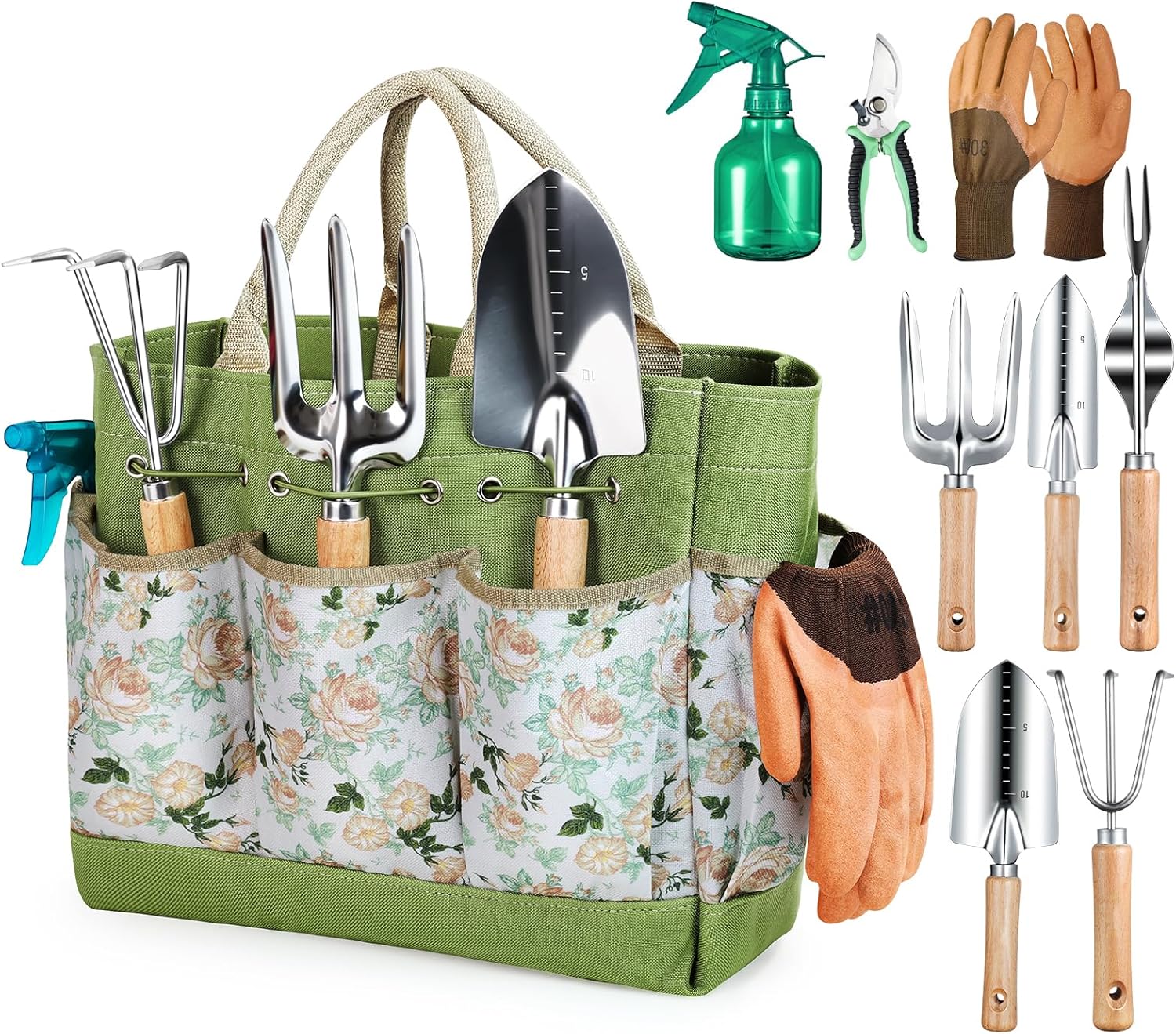
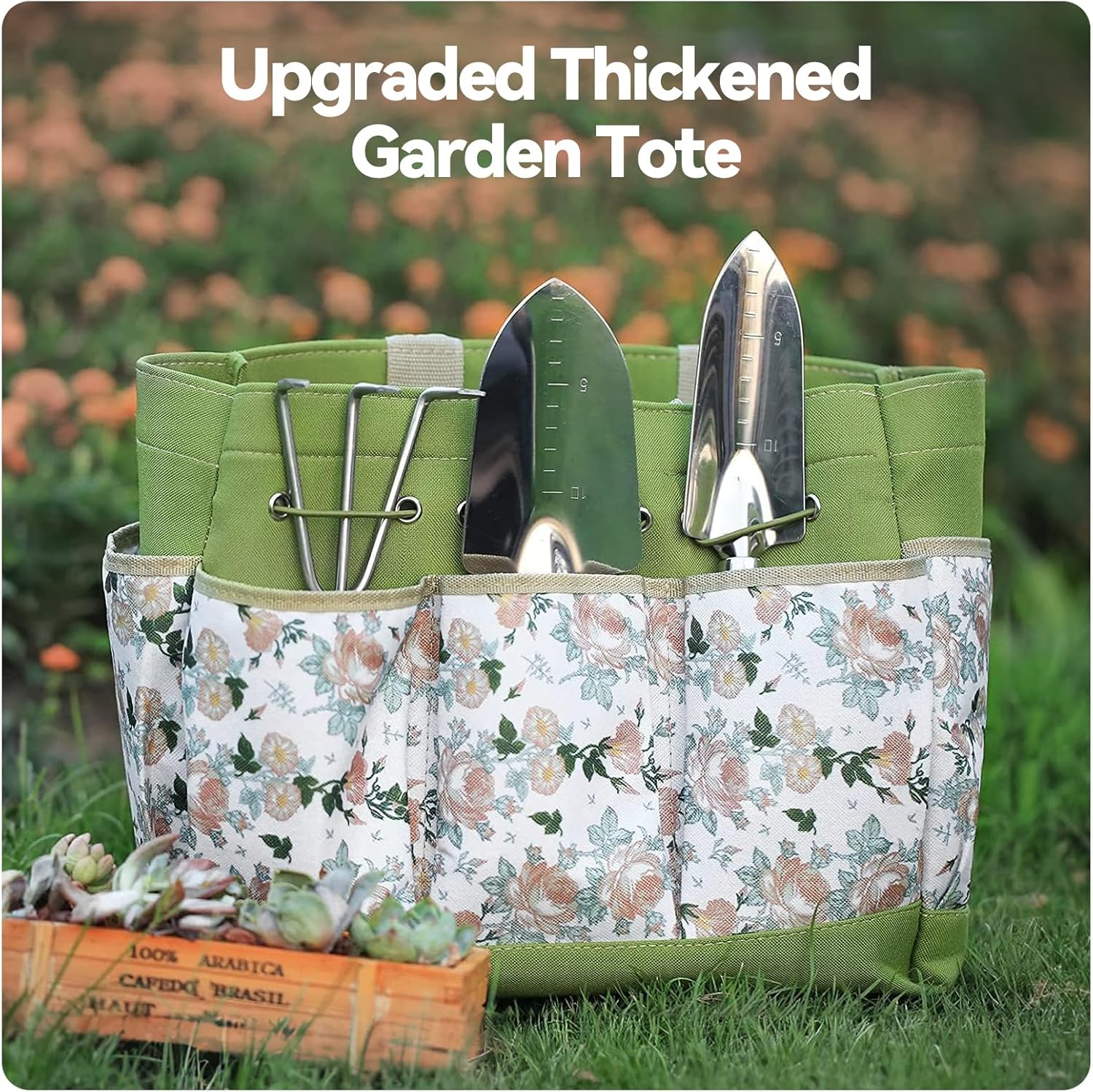
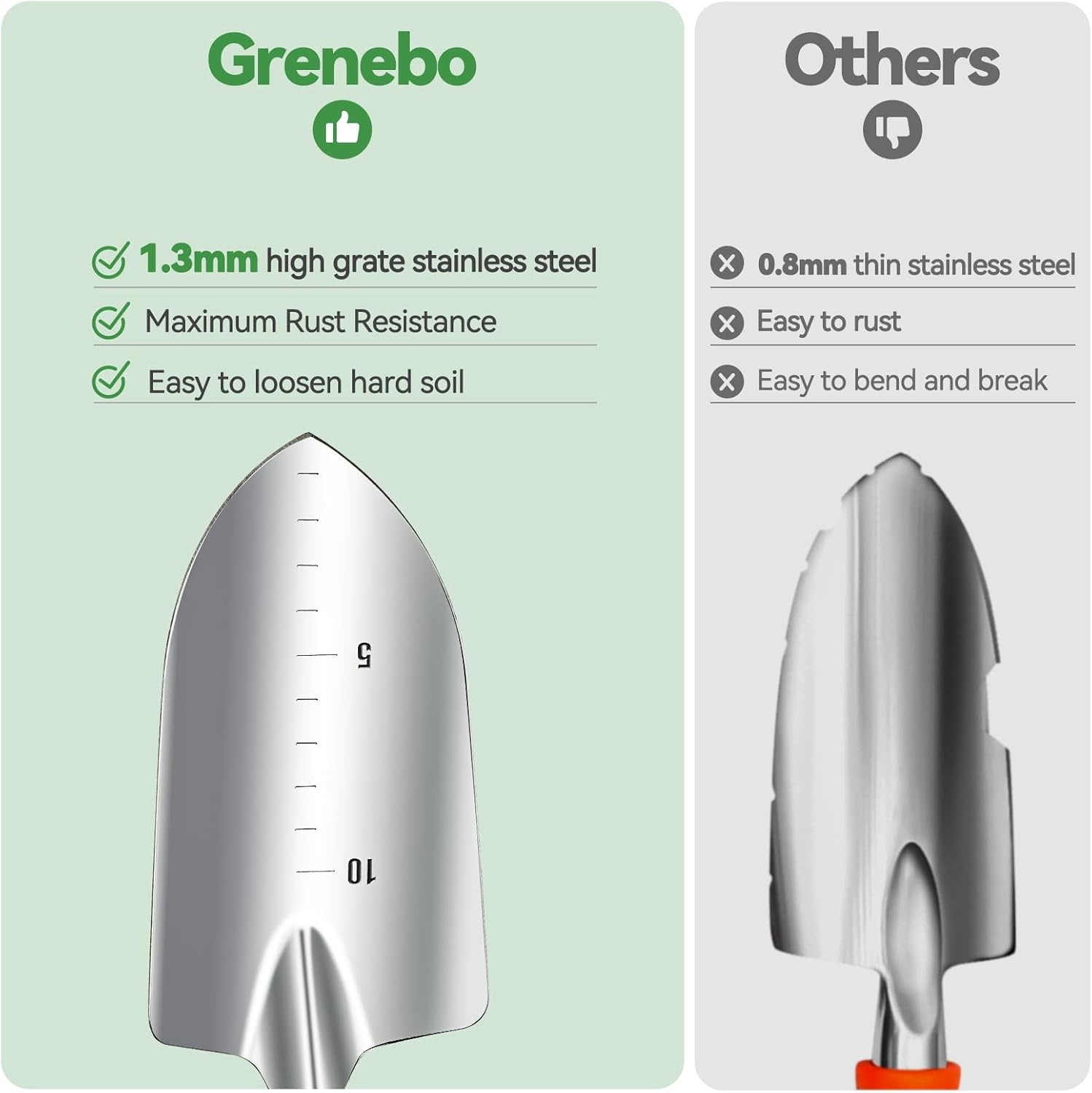


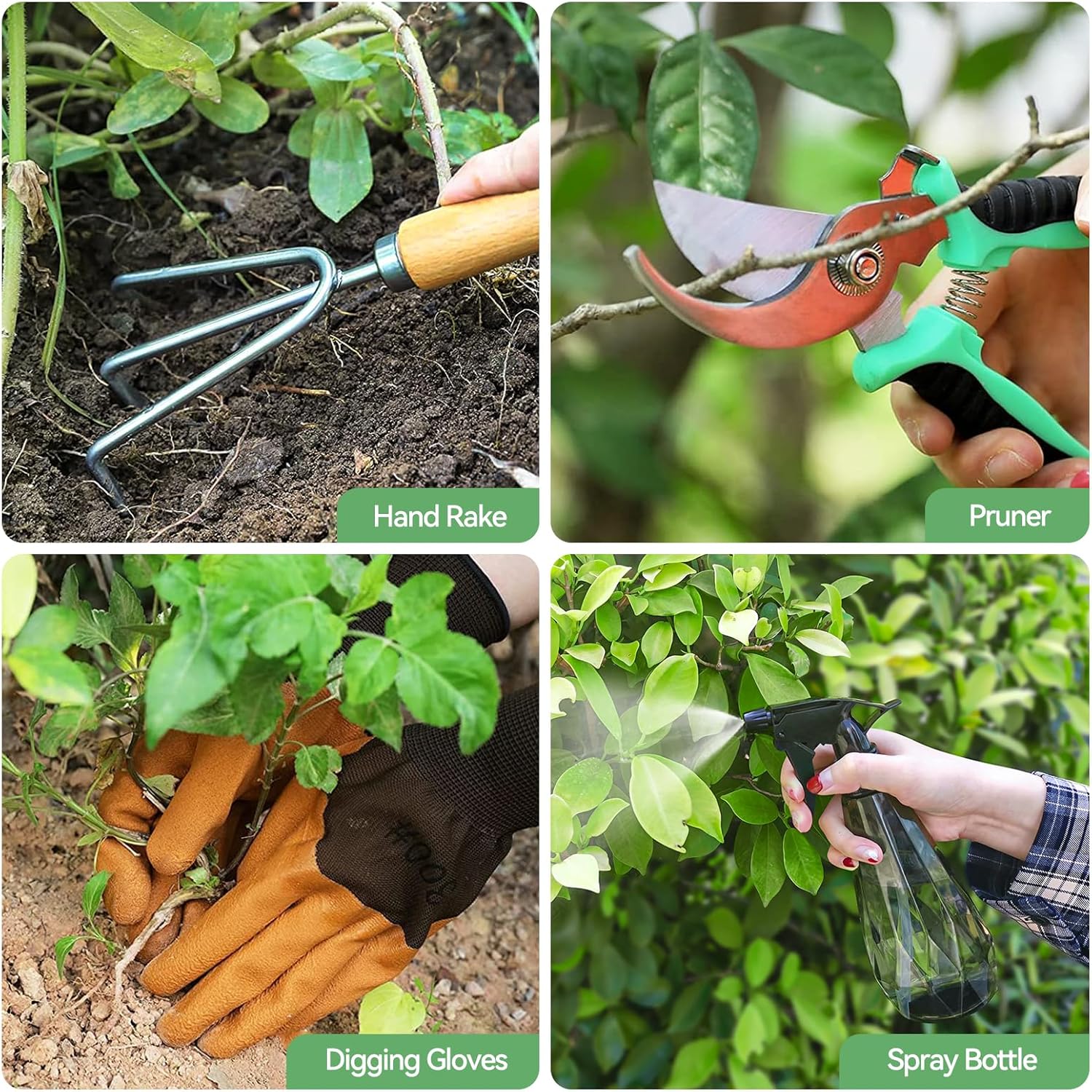
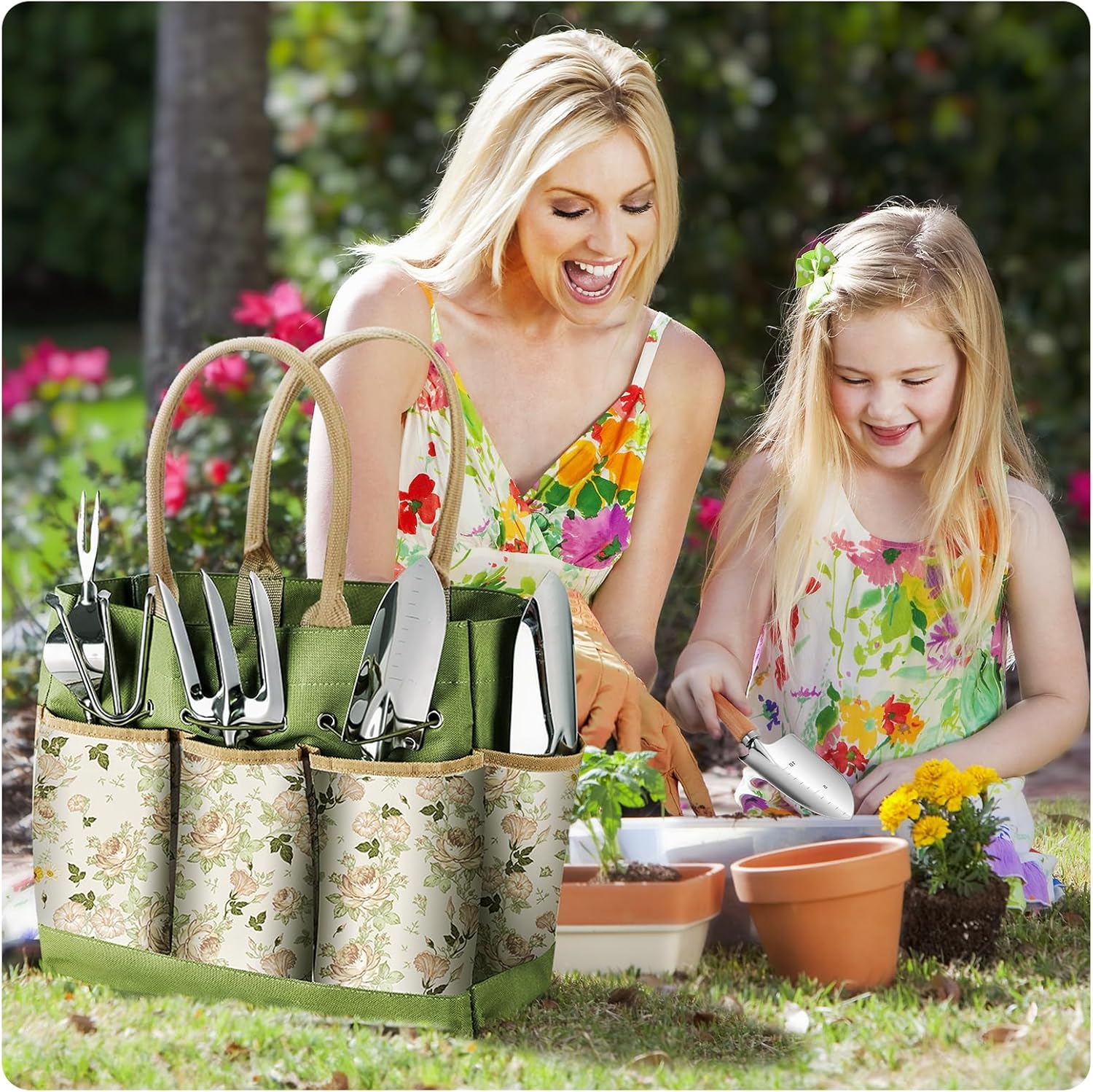
Price: $41.99 - $34.99
(as of Sep 09, 2025 01:06:47 UTC – Details)




